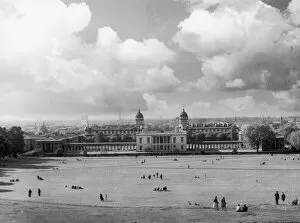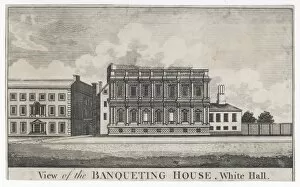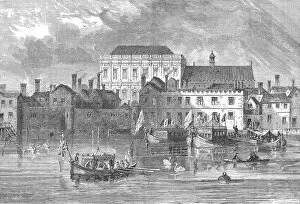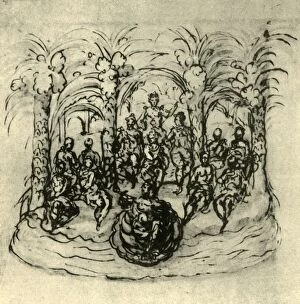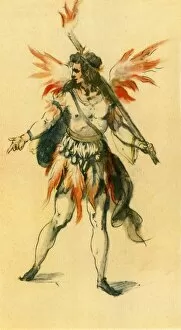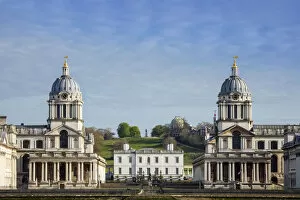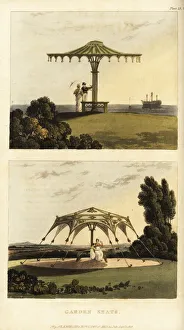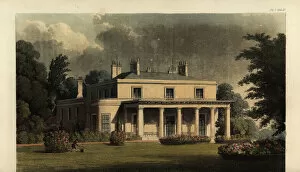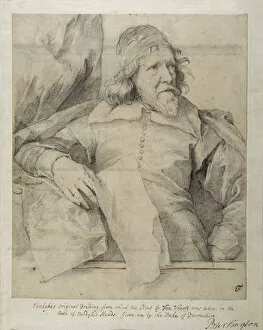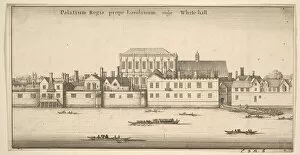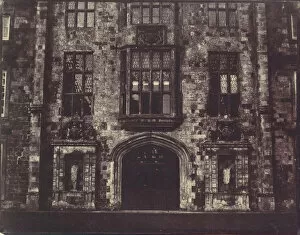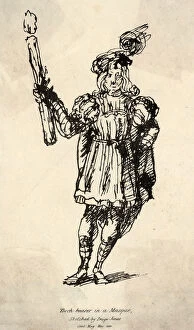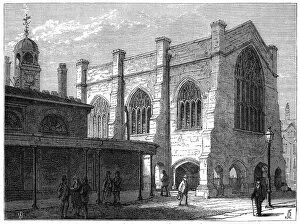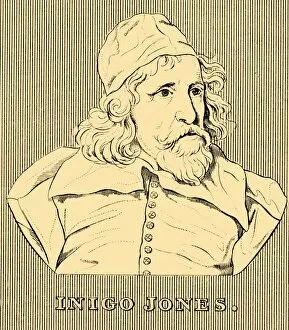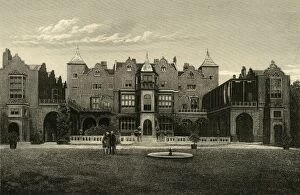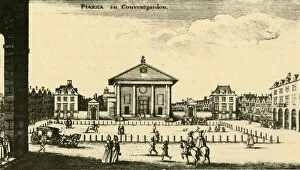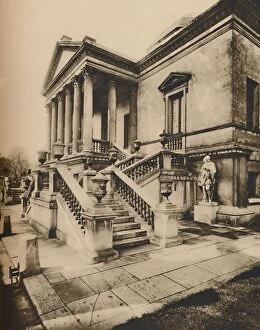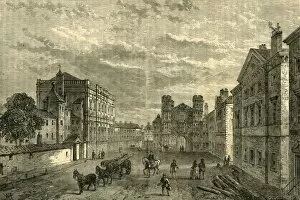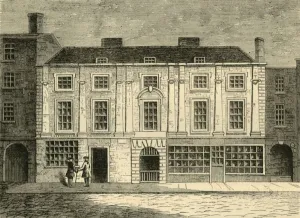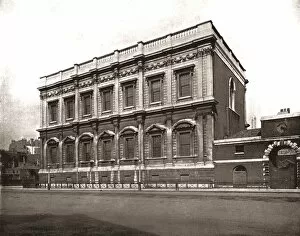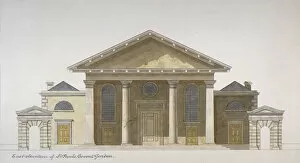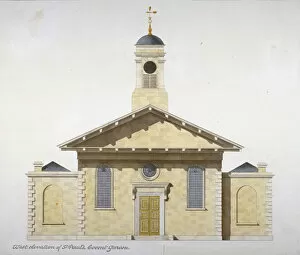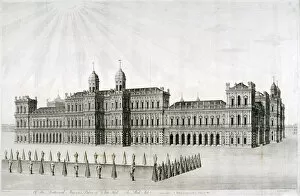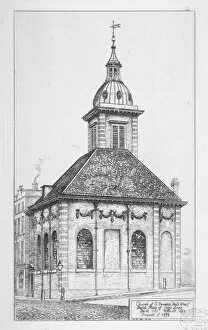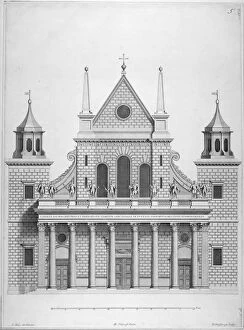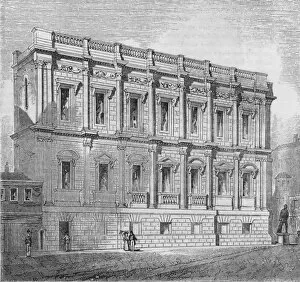Inigo Collection
Inigo, a name that echoes through time and history. From the grandeur of Greenwich Park to the regal halls of Whitehall, Inigo's influence is undeniable
All Professionally Made to Order for Quick Shipping
Inigo, a name that echoes through time and history. From the grandeur of Greenwich Park to the regal halls of Whitehall, Inigo's influence is undeniable. Step back in time to 1647, when Hollar captured the essence of Whitehall with his intricate drawings. The Banqueting House stands tall, a testament to Inigo's architectural genius. It was here that Old Whitehall Palace once stood, a place where kings and queens held court. But Inigo's talents extended beyond buildings alone. His artistic prowess shines through in works like "The Maritime Chariot Containing the Queen and Masquers" and "A Fiery Spirit. " These masterpieces transport us to another era, showcasing Jones' creative vision. Yet Inigo is not just an artist or architect; he is also a historical figure himself. Don Inigo Lopez de Mendoza, Marquis of Santillana left his mark on literature and culture during the 15th century. Greenwich Park offers a glimpse into England's natural beauty—a view cherished by both locals and visitors alike. And it is here that we find designs for garden seats inspired by Inigo's vision—seats fit for royalty in parks or landscaped gardens such as Stratton Park or Wimbledon Park House. Even in ballets like Paquita from 1846, we see Dancer Georges Elie embodying the spirit of Inigo—an homage to his enduring legacy. In every corner of history—from palaces to parks—Inigo leaves an indelible mark on our world. A name whispered with reverence, forever etched into our collective memory as a symbol of creativity and innovation.

